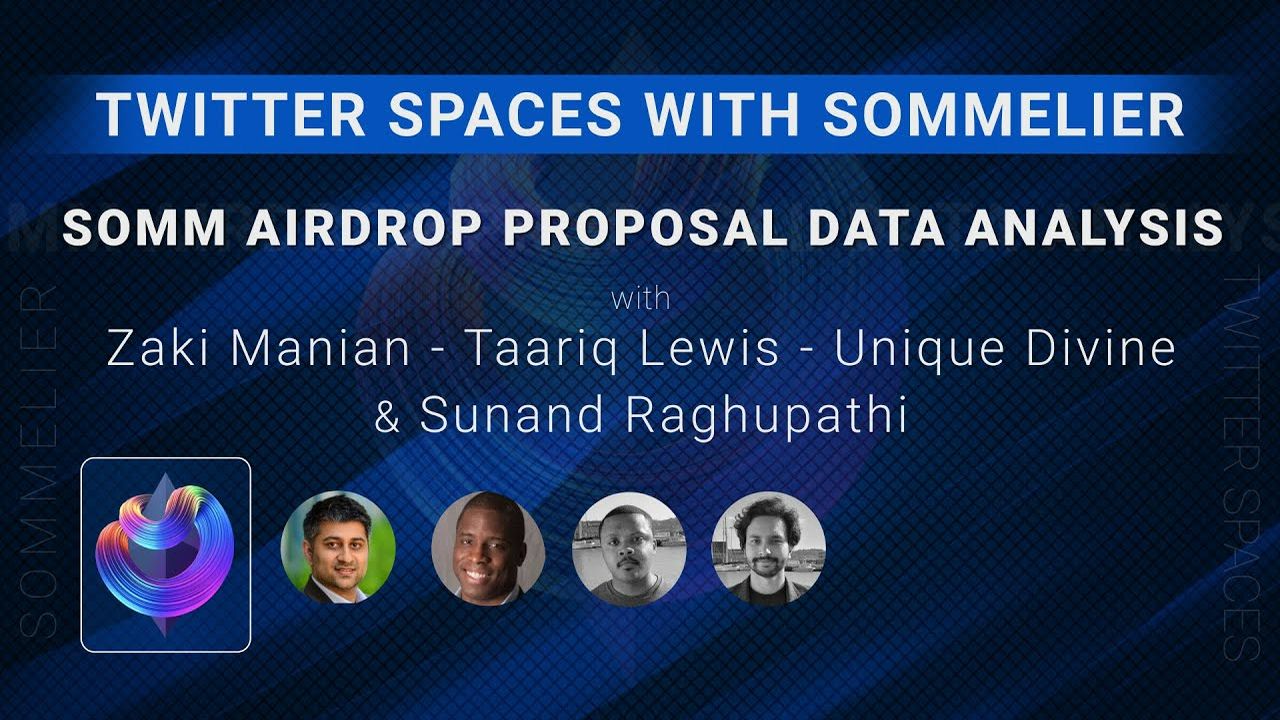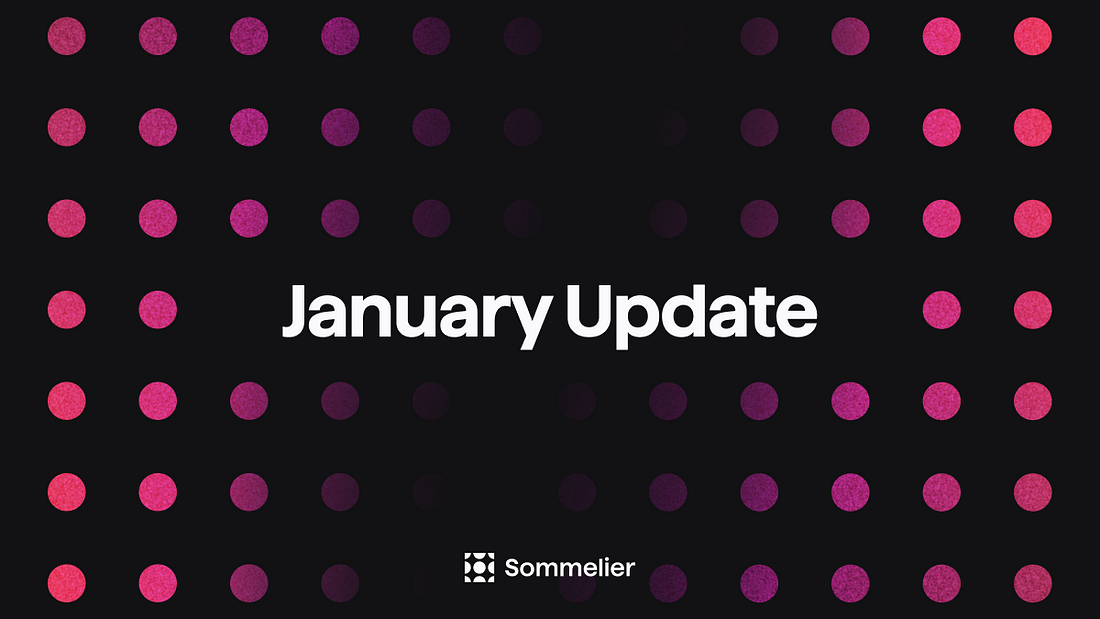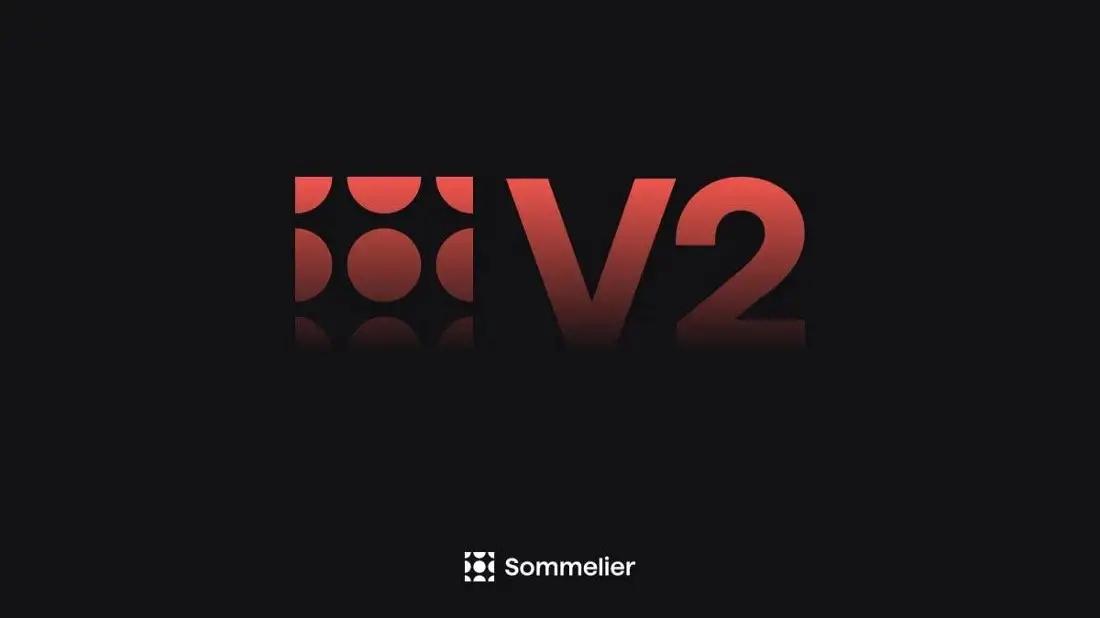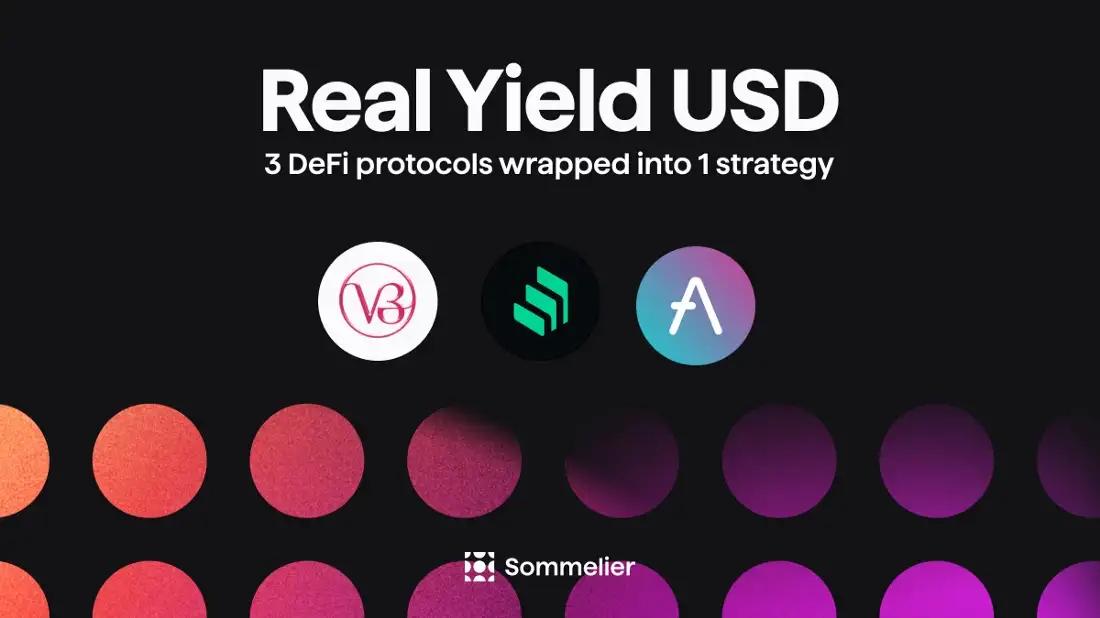Twitter Spaces With Sommelier: SOMM Airdrop Proposal Data Analysis
The community has spoken and Sommelier co-founder, Taariq Lewis, was thrilled to conduct a discussion with the two lead data scientists at Volume who created the proposal: Sunand Raghupathi and Unique Divine.

Governance in Action: Volume’s New Proposal for the SOMM Airdrop
Taariq explains: “There was an anonymous proposal for a SOMM airdrop by some group of folks, and we had a lot of comments on it from the community. The community weighed in on an overall outline of what the possible SOMM airdrop might look like and, of course, we left it to the community to push the airdrop forward.
“So, the team over at Volume Finance [Volume] where I’m connected with some of the folks, decided to take it up and push forward the opportunity to outline what the SOMM airdrop should look like. We have a post that is going up. We have two members of our Volume Finance team, Unique Divine and Sunand Raghupathi, here. We wanted to talk about the response from Volume on this particular airdrop implementation. The proposed implementation is not necessarily the final solution, as the community may come up with other ideas.
“If you go to our blog at Community.Sommelier.Finance you should be able to take a look at the latest post as well as some discussions, this is according to SIPs-002 [A Proposal for a Sommelier Token Airdrop of SOMM to Select Liquidity Providers].”
Highlights of the Proposed SOMM Airdrop Implementation
Sunand and Unique shared some highlights of their proposal and described how they created it to meet key goals while aligning with community needs. Sunand begins:
“The original proposal had a lot of details about how much rewards go to which groups, but it actually was missing low-level implementation details. So, what we’ve done is tried to fill those in to best approximate what the community decided on. And, of course, that’s really where the decision making is, so there could be other ideas for how to do these implementation details. So, just to summarize a few of them:
One is that there was a total reward amount reserved for Sommelier app wallets --the wallets that interacted with the Sommelier app and provided liquidity. Now, the thing is you can provide liquidity on the app to multiple different pools, right? So, the question is: If we’re rewarding based on liquidity amount and duration how do you compare that across pools? So, that’s one detail that needs to be filled in, and what we decided is: Let’s convert the amounts to US dollars. You could say ‘Why not use ETH? Why not use something else? We decided on US dollars, that’s just one of the decisions, and that is highlighted in the post.
“Another thing is: The post said to reward users based on liquidity and duration, so how long the wallets lasted. Another thing we decided is that we actually want to reward duration more than liquidity, to avoid a lot of the rewards going to the mercenaries who had very large liquidity positions for a very short period of time. And so the reward function we decided on was you take the square root of liquidity and multiply it by duration, instead of just taking liquidity and multiplying it by duration. So that’s another decision. The idea behind that is to reward the majority of users instead of just a select few, like whales. These are just some of the decisions that went into the implementation and we’re hoping to discuss these.”
Let’s Talk Numbers
Taariq digs into some questions inspired by some of the community comments:
“There was a lot of concern by community members that folks had lost a lot of money on gas, folks had been really loyal to Sommelier’s initial app for impermanent loss management then and for Uniswap v3. For those immediate members of the community, can you clarify how they get exposed to rewards? For example, if they’re Sommelier app users, how much on average would a wallet get if they were on the app and how many wallets interact with the app over the period of time from the snapshot that was taken [which ended October 31]? What does that look like in terms of wallets and possible rewards for those wallets, at least from the app side? Is there a number that we have in the data?”
Sunand is prepared to be specific:
“Yes. We have 881 wallets that have provided liquidity through the app. So, the proposals mentioned 3,200,000 SOMM distributed evenly. So each of those 881 wallets receives 3,632 SOMM for participation.”
Taariq would love to hear from those who use the Sommelier app what they think about that. He says:
“Our hope is that folks are onboard and will share their feedback. It seems to me that your proposal aligns with the initial proposal and some of the feedback there, so some Sommelier app users get those wins. Is it my understanding as well that they are also included in the Uniswap v3 pools that they may have participated in? That’s not the limit of their award opportunity or participation, correct?
Unique specifies four different rewards. He says:
“There are four groups they could fall into: One for participating using SMLE, the one that’s based on their positions, their Uniswap v3 LP positions, and then the Osmosis LP positions. They all count separately, so if you did all of them you could get four different rewards.”
Taariq observes “Wow, that’s amazing. We do have a lot of Osmosis folks in the SOMM community so I would say lucky SOMM LPs who have been there in the early days to help, Osmosis as well. We look forward to more help and activity in the Sommelier network.”
Standing by, Zaki was listening while deep in code review mode, getting caught up before going to CFC St. Moritz in January. “But right now,” he says, “I’m in another cold place.” Although he says he hasn’t had a chance to understand the proposal yet, he was “listening and learning as we go.’”
Taariq leaned in for an initial reaction: “Got it, but if you were offended you would say something. I know if you were offended you would say ‘That is highly offensive to the community.’”
“Correct,” Zaki replied.
What Osmosis and Uniswap v3 Wallet Holders Can Expect?
Promising details on the Ethereum side later in the conversation, Taariq says:
“I guess that this means that the Sommelier network will need to send SOMM tokens across the Gravity bridge into those Ethereum wallets and we can talk about that in a bit. What I want to think about now is the Osmosis side: What does it look like in terms of Osmosis LPs and rewards. We know what the SOMM app folks look like. How many Osmosis wallets or addresses may look to participate in this airdrop proposal?”
Unique explains:
“The way we handled Osmosis is essentially we took a snapshot of pool shares. The original proposal there was a list of pools that will be receiving rewards. So, across those pools there are about 24,000 wallets that will be receiving SOMM. And, as far as how much each wallet gets? There’s no participation reward here. It’s based on the share of liquidity that a wallet provided to that pool.
“But, additionally, one thing we noticed in the Osmosis hit is that a lot of it was dominated by whales. A few wallets were absorbing a large proportion of the rewards. So, one feature we implemented that we want to discuss with the community is a ‘whale cap’ of 50,000 SOMM. So the idea here is that for wallets that exceeded that whale cap, that SOMM was distributed uniformly among other wallets. So, the average Osmosis wallet receives something like 150 SOMM. And there’s about 24,000 wallets.”
Sunand describes what this looks like for Uniswap v3 pool wallets:
“For Uniswap v3, we have aggregations across all pools, but each pool gets its own reward. So, we’ve implemented the whale cap on Uniswap as well, because there are whales in Uniswap, but the post on the Sommelier forum has this data. Anyone is free to look at that. The raw data is there as well as the aggregation statistics.”
We’d love to hear from the community by December 31, after which the airdrop will be active. Do you think a Whale cap of 50,000 SOMM tokens looks to be reasonable?
Feedback and Implementation Timelines
The next phase is implementation of this proposal so that contracts can be deployed on the Ethereum side and tokens deployed on the Osmosis side. Taariq asks:
“If you were to say, hey this airdrop distributes to active LPs based on what you’ve seen in terms of LP behavior, do you think the Sommelier community should expect that this analysis really touches LPs that exhibit the behavior that would make Cellars successful, that is: Cellars LPs that 1) will put in liquidity for extended duration, and 2) liquidity providers that will tend to bring not only initial liquidity that might be small but also big liquidity whales will be encouraged to come in as well to participate in the upcoming Sommelier Cellars. Is your view that this approach will be the best alignment with those goals for the network?”
Unique replies: “Personally, I can say this was just to follow as closely as possible to what was in SIPs 02, which people voted on and discussed already. It’s basically all of the high-volume and TVL pools on Uniswap and then the exact list from Osmosis. At least for the initial Cellars, I think that aligns closely with what we would want.”
Taariq says:
“What we’re going to do is ask the community to let us know if it does not do that, or if there are objections or folks feel strongly, you can go to Community.Sommelier.Finance and share thoughts. Because I think getting the community to share insights would be helpful to make sure that this continues successfully and incorporates the best ideas from the community.”
Where to find the data? What’s Next?
If you want to run the numbers, all the data for this proposal can be found in a repo on Github at Github.com/volumefinance. Also, look for links to the data in an upcoming Sommelier blog post.
Sunad says:
“We recommend that folks look at the data. I think one of the things you’ll notice is once you go past 50,000 tokens the distribution falls off dramatically. I think that just looking at the numbers and some of the charts in the post that the team has put together one can see that between 40,000 to 50,000 tokens the marginal utility for an additional token just goes just to maybe one or two wallets, maybe even less than one or two wallets, so it’s something interesting folks should look at that whale cap and share opinions on them. Again, there may be folks that may have different approaches to the data that might prove helpful.
“Keep a look at the Sommelier blog. There’s some cool stuff. Sommelier continues to do great work on the informal audit. So, if you’re looking at our blog you’ll see that we’ve had two weeks of updates from team member Yugochi on refactoring and improvements to the Gravity bridge, so that’s new and exciting stuff coming with Gravity and with Sommelier’s launch. And, as well as we want to say really, really thanks to the folks who have come to us and are expressing an interest as validators, we’ll continue to have news on opportunities for validators as well. So that again the validator set broadens itself as we head into airdrop and then, of course, Cellars.”
“Take a look and see if the analysis aligns with expectations,” says Taariq. “We want the community to vet and validate. A lot has been shared here, and we’re sure that folks would be willing to do so and we welcome that support.
“So, now that that’s finished, the question is what’s next for the data science team working with Sommelier? Cellars are coming up so we have some more strategies that we’re going to work on and hopefully get ready for Cellar proposals.”
Sunand replies: “Yes. Sounds about right. We’re doing a bit less sequel querying!”
As the much-anticipated Cellars are coming online, Taariq takes a moment:
“Thank you for the community supporting Sommelier, thousands of folks in our Telegram, thousands of folks in our Discord, as well as hundreds on the Sommelier Discourse at Community.Sommelier.Finance.”
Zaki adds: “Thank you to the Volume team for doing the concrete engineering that it takes to make the community governance proposal a reality.”
More articles
© 2025 Somm by Bajanss OÜ –Maakri 36-50, Tallinn, Estonia 10145




